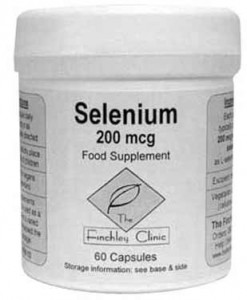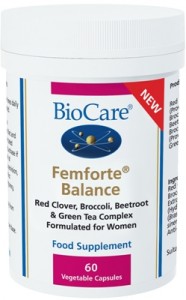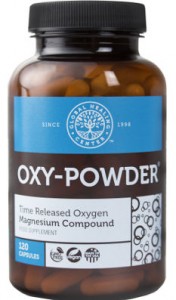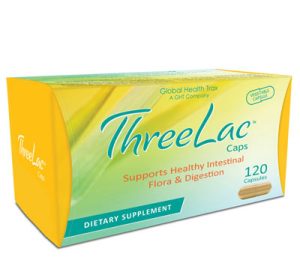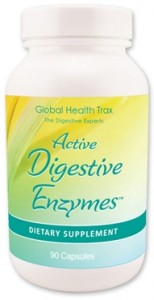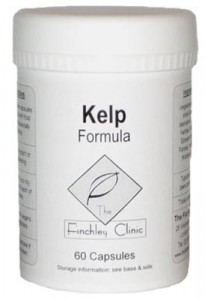No question, going organic is firmly established as an approach to maintaining a good, balanced diet. The organic route to eating more healthily and more environmentally responsibly is scientifically proven and thus followed by millions around the world. However many are now increasingly going the organic route when it comes to something else – what they put on their bodies; that is, skincare and cosmetic products. Why? After all, it’s not like we’re putting ingredients of non-organic skin products inside us, is it? Well, actually; yes it is.
Skin absorption
You may not be aware of it, but your skin is one of your body’s organs – its biggest, in fact. And, like all other organs, it absorbs a great many things, such as the nutrients we need as well as unfortunately the harmful toxins we definitely don’t. The problem is then, in applying different skincare and cosmetic products to yourself all the time, you’re potentially forcing your skin to absorb even more toxins than it ordinarily would do so. Unless you can be sure the products you’re applying to your skin don’t contain toxins, of course.
Yet, naturally, many of us can’t be sure of that – or don’t check. Indeed, a good number of the established products many women apply to their skin contain phthalates (salts or esters derived from phthalatic acid) or parabens (preservatives) that disrupt the endocrine system (which oversees the creation, development and deployment of the body’s hormones)1. Unsurprisingly, studies suggest the more such products you use on your body, the higher the concentration of toxicity from them manages to make its way through the skin and into the body – plus, research also points to these toxins causing reproductive problems and increasing the levels of cancer risk2.
Go organic
The advantage of adopting an organic-derived skincare and cosmetic routine is pretty obvious then. You won’t be unnecessarily exposing your body to any of those unnatural, dangerous preservatives and other toxins that non-organic products harbour. Moreover, experts believe that, in relying on natural ingredients to make your face and skin look good, you might even help treat potential hyperpigmentation (patchy darkening of the skin) and inflammation, as well as photoaging (sun damage to the skin that reveals itself over time)3, 4.
Fundamentally, skincare products should surely not just ensure you look good on the outside but definitely not harm you on the inside – and if they can aid you living healthily and looking after your body too, then all the better. These are three pointers that you might try to follow when looking to buy cosmetics and skincare products:
- Avoid ingredients such as potentially harmful chemicals, irritants or preservatives
- Opt for on-allergenic, carefully formulated products containing natural, organic ingredients
- Always try to buy items free of non-genetically modified organisms (GMOs) that haven’t been tested on animals.
Organic product examples
So, armed as you now are with the information, why not try out one or two organic skincare products – the following are all available through The Finchley Clinic:
MSM Lotion Rose (150ml) – a fine lotion for the hands, body and face containing methylsulfonylmethane (MSM), the organic sulphur compound that’s the fourth most prevalent mineral in the human body, and fragranced with rose geranium and palmarosa oils, rose extract, aloe vera and shea butter; ideal for dry and ‘problem’ skin
Aquaspirit (previously Oxy-Skin) (4floz) – thanks to its circulation-stimulating properties, bio-available oxygen and aromatherapuetic nutrients, this product oxygenates the blood in the face and skin, energising the cells and promoting healthier, more radiant skin
Parfait Visage (1.7floz) – a 100% organic product that, owing to its ingredients including vegetable palm stearic acid, sweet almond oil, whole leaf aloe vera, hemp seed oil, MSM and essential oils, penetrates and moisturises seven-layers-deep in the skin, enhances new cell growth and stimulates new healthy tissue.
References
- Dodson R. E., Nishioka M., Standley L. J., Perovich L. J., Brody J. G. and Rudel R. A. ‘Endocrine Disruptors and Asthma-Associated Chemicals in Consumer Products’. Environmental Health Perspectives. 2012 Jul; 120 (7): 935–943. doi: 10.1289/ehp.1104052.
- Braun J. M., Just A. C., Williams P. L., Smith K. W., Calafat A. M. and Hauser R. ‘Personal care product use and urinary phthalate metabolite and paraben concentrations during pregnancy among women from a fertility clinic’. Journal of Exposure Science and Environmental Epidemiology. (2014)24.459–466
- Fowler J. F., Woolery-Lloyd H., Waldorf H. and Saini R. ‘Innovations in natural ingredients and their use in skin care’. Journal of Drugs in Dermatology.2010 Jun; 9 (6 Suppl): S72-81; quiz s82-3.
- Bowe W. P. and Pugliese S. ‘Cosmetic benefits of natural ingredients’. Journal of Drugs in Dermatology. 2014 Sep; 13 (9): 1021-5; quiz 26-7.


